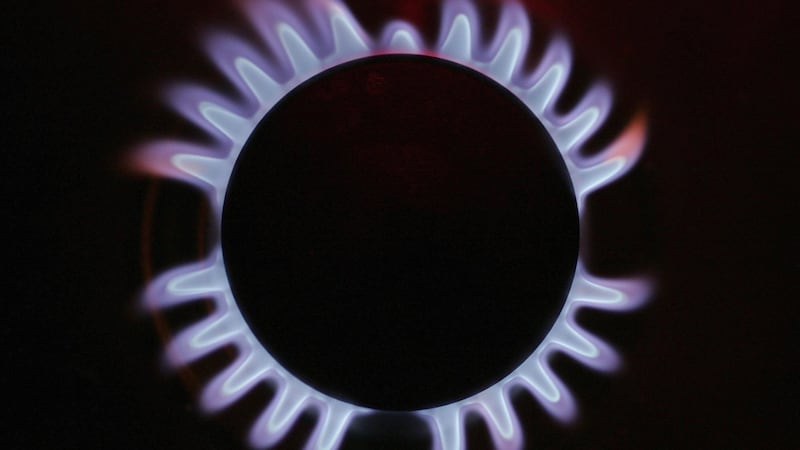Europe is going through an energy crisis, caused in large part by a fear that there may not be enough gas to keep the lights on this winter. In recent weeks Centrica, the UK’s largest energy utility, warned the UK authorities there may not be sufficient gas for the UK’s industries to function properly. A sobering thought when you consider Ireland relies on the UK for up to 70 per cent of its daily gas requirement. As a result, natural gas (LNG) prices reach new record levels on a daily basis and Irish homes and businesses will face much higher energy bills this winter.
Like most crises, this one has many causes:competition from Asia for limited LNG reserves, falling investment in global natural gas and the fact Europe exited last winter with lower-than-normal gas storage levels. Despite a surge in demand and low stockpiles of this critical fuel, Russia, Europe’s largest supplier of gas, cut back its supply by roughly 20 per cent this year. European governments are beginning to worry this energy crisis could jeopardise the recovery of their post-Covid economies.

Ireland is experiencing its own energy crisis. It has been well reported that we need more gas-fired powered generation this winter or we run the risk of rolling blackouts. The number of system alerts, warnings of potential electricity shortages, have surged in the last 12 months, with two alerts being issued this month alone. What is worse is that electricity demand continues to rise yet there is no obvious solution on the horizon.
Generating capacity
Ireland’s electricity system largely relies on wind and gas. When the wind doesn’t blow, and this year wind performance has been poor, it’s imperative we have a secure supply of gas and solid base load support from gas-fired power generation. Our failure to properly plan our generating capacity has seen a 413 per cent rise in the use of coal for power generation in the first half of 2021. Something isn’t right when your energy system is backing up wind generation with coal, a fossil fuel much worse for the climate than natural gas.
We are a small country at the end of a very long and complex supply chain
The Government is planning on renting some temporary gas generators next winter to keep the lights on. In the meantime, they are crossing their fingers that the gas plants at Huntstown in Dublin and Whitegate in Cork, which have been down for most of this year, come back online and operate without difficulties over the cold, dark months ahead.
Given all this uncertainty, it’s little wonder that the tech giant Intel is reportedly expressing doubts about making a multibillion-dollar investment in the country due to its concern over our energy situation. In recent months, the IDA warned Irish authorities that the energy supply crisis had the potential to inflict considerable reputational damage and negatively affect Ireland’s ability to attract foreign direct investment. Unfortunately, it seems the IDA’s worst fears are coming to pass.

So, what lessons should our policymakers be learning from this crisis? Well, it confirms just how vulnerable Ireland is from a gas supply and generation perspective. We are a small country at the end of a very long and complex supply chain. There is no realistic plan for the foreseeable future that offers Ireland stable energy supply without natural gas. As the Irish Academy of Engineers pointed out earlier this month in its Sustainable Electricity in 2030 report, Ireland has a strategic vulnerability when it comes to its gas supply and consequently its electricity supply. The academy pointed out that other western European countries in this position have all ensured strategic supplies by encouraging the construction of LNG importation facilities. The problem is the Government has come out against the construction of such facilities.
Existing infrastructure
Even better for the climate and our energy security would be to facilitate the delivery of new Irish gas production and associated storage through our existing infrastructure, particularly given that the gas produced in Ireland has four to 13 times less the carbon intensity of the natural gas we import from the UK. Unfortunately, the Government appears to be against that idea too, banning future gas exploration during the summer through the Climate Bill and explicitly stating in the terms of reference of their long overdue energy security review that “the options should not consider additional indigenous production of gas”.
So, we are left in a curious situation. On the one hand the Government admits we need more gas-fired power generation to ensure continued security of electricity supply. Yet on the other, the Government is choosing to put our energy security at risk by relying solely on the UK for the gas supply necessary for that generation. In the process it is also ensuring the gas we use will have higher carbon emissions.
If this crisis tells us anything, it tells us we need to start having a sensible, grown-up conversation in this country about how we are going to realistically meet our growing energy needs. A conversation that begins with recognising the role that natural gas will have to play for many years to come if we are to transition to a low-carbon future successfully. The consequences of not doing so are vulnerable supplies, future price shocks, economic harm, reputational damage and potential blackouts. All of which will put the transition itself at risk.











